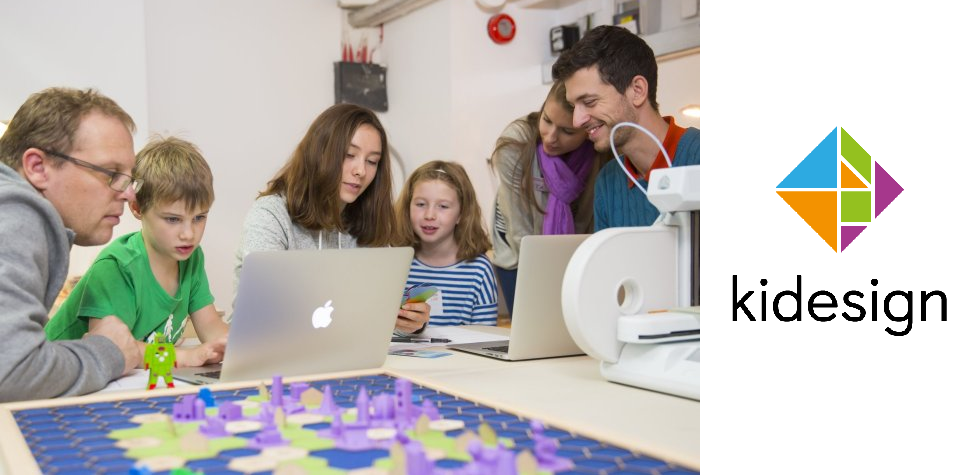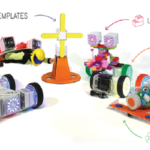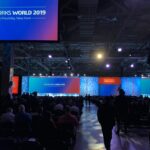

There are a lot of ideas about what interests kids…and as many ideas about whether or not those interests are healthy for them. Each generation seems certain that whatever the latest development is in technology, it is bound to destroy their children’s minds. I can imagine parents sitting around concerned that their child’s easy access to paper was going to cause them to spend all day staring at it and never go outside and play with their friends, like they used to do when they were children.
In order to prepare children to interact with the world as it is and as it is going to be, it is vital that these kids understand and be comfortable with technologies such as those available for 3D design and 3D printing. They already have a long school day, piano lessons, soccer practice, dance class, and scouts…so how do you convince them to give up some of their play time to devote to the study of 3D tech? By making it a game, of course.
Kideville is just that: a game that feels like playtime while still teaching valuable skills. And what’s even better is that has been designed to align with national curriculum goals meaning that maybe, just maybe, rather than having to sacrifice their free playtime to learning, they can simply incorporate more playtime into their schedule.
This is the idea that was the driving force behind the creation of the educational startup Kidesign. The team at Kidesign, eight kids at heart, started the company in 2010 as a way of offering 3D print workshops to children wherever they were needed. After five years of offering these learning opportunities, they had interacted with thousands of children and had developed an in depth understanding of what was needed to develop a program for schools.

Operating on some of the same principles that have made city building electronic games so popular, Kideville was designed to encourage children to imagine themselves in the role of a design engineer and apply project management skills to the creation of the city’s structures. Where this game differs from its electronic counterparts is that rather than only existing as pixels on a screen, the miniature engineers in Kideville use 3D printing to bring their structures into the real world.
Dejan Mitrovice, Creative Director at Kidesign, explained the appeal and benefits of Kideville:
“Much like a game, each child is assigned a creative mission, based on their interests, which takes them through a full design and project management process that engineers would undertake in real life. These include background research, idea development, sketching out the plans, computer aided design modeling, 3D printing and presenting their project plan in class.”
I can imagine that some people will be dissatisfied with the idea that education incorporates games as a concession to the latest generation of technology. I wonder how many more children in past generations would have been successful in school if someone had taken the time to incorporate a little more fun into their learning.
Is this a good way to teach kids how to 3D Design? Let’s hear your thoughts in the Kideville forum thread on 3DPB.com.
If you're looking to get architectural 3D animation in the USA, our service provides an exceptional way to bring your architectural concepts to life through dynamic, immersive visuals. Through our platform, you can easily request high-quality 3D animations that showcase your designs in motion, offering a detailed view of your project from multiple angles and perspectives. Whether it's for a real estate development, a commercial building, or an urban planning project, our expert team ensures that every detail is captured in a visually compelling animation.
Through our website, you can seamlessly get architectural 3D animation tailored to your project’s specific needs. With our help, you can offer potential clients or investors an engaging experience that goes beyond static images. By integrating CGI animations with real-world settings, lighting, and textures, our team creates a lifelike experience that allows your audience to interact with your project as though it were already built. This service is perfect for presenting complex designs in a clear, visually attractive way that stands out in the competitive architectural market.




